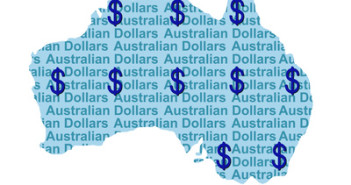Australian Employment Change, which is released monthly, provides a snapshot of the health of the Australian labor market. A reading which is higher than the market forecast is bullish for the Australian dollar.
Here are the details and 5 possible outcomes for AUD/USD.
Published on Thursday at 00:30 GMT.
Indicator Background
Job creation is one of the most important leading indicators of overall economic activity. Thus, the release of Employment Change is a market-mover which can affect the movement of AUD/USD.
Employment Change was dismal in January, posting a decline of 7.9 thousand, well off the estimate of a 12.9 thousand gain. The markets are expecting a strong turnaround in the February report, with a forecast of 11.6 thousand. Will the indicator beat this rosy prediction?
Sentiment and Levels
The Aussie continues to push higher and has racked up 400 points in March. However, the Australian economy remains vulnerable to the global slowdown and the RBA continues to maintain an easing bias. In the US, a March hike is unlikely, but the bias remains towards tightening, as the US economy is doing fairly well. This monetary divergence favors the US dollar. So, the overall sentiment is bearish on AUD/USD towards this release.
Technical levels from top to bottom: 0.7798, 0.7692, 0.7597, 0.7438, 0.7334 and 0.7243
5 Scenarios
- Within expectations: 8.0K to 14.0K: In this scenario, AUD/USD could show some slight fluctuation, but it is likely to remain within range, without breaking any levels.
- Above expectations: 14.1K to 18.0K: A stronger reading than expected could push the pair above one resistance level.
- Well above expectations: Above 18.0K: In this scenario, AUD/USD could break above two or more resistance lines.
- Below expectations: 4.0 to 7.9K: A lower than expected reading could pull the pair downwards, with one support level at risk.
- Well below expectations: Below 4.0K: A very soft reading will likely hurt confidence in the Australian economy, and AUD/USD could break below two or more support levels.
For more on the Aussie, see the AUD/USD.
